

Blog

120. Phương Pháp Tự Học Tiếng Anh Hiệu Quả Tiến Bộ Cho Người Mất Căn Bản
Tìm kiếm phương pháp tự học tiếng Anh luôn là chủ đề được nhiều bạn quan tâm. Cùng Hằng khám phá cách tự học tiếng Anh dễ dàng áp dụng cho người mới bắt đầu trong bài viết dưới đây. ...more
HỌC TIẾNG ANH
December 08, 2023•8 min read

119. Những Thói Quen Khiến Bạn Học Tiếng Anh Mãi Không Tiến Bộ
Bài viết giúp bạn nhận diện và thay đổi những thói quen mà nhiều người học tiếng Anh thường mắc phải. Hãy cùng biến những thách thức này thành bước đệm cho sự tiến bộ trong hành trình học của bạn. ...more
HỌC TIẾNG ANH
December 06, 2023•8 min read

118. Sử Dụng ChatGPT Học Tiếng Anh Cho Người Mất Gốc
Tự học tiếng Anh với ChatGPT: Giải pháp hiệu quả cho người mất gốc. Bắt đầu hành trình học Tiếng Anh với sự hỗ trợ đắc lực từ ChatGPT để vượt qua rào cản ngôn ngữ, tiến bộ nhanh chóng và đạt hiệu quả ... ...more
HỌC TIẾNG ANH ,ChatGPT
December 04, 2023•8 min read

117. BÍ QUYẾT SẮP XẾP THỜI GIAN HỌC TIẾNG ANH HIỆU QUẢ
Một trong những vấn đề lớn nhất của người bận rộn đó là không có thời gian để học tiếng Anh. Áp dụng các mẹo sau, thời gian sẽ không còn là rào cản đối với những người bận rộn như bạn nữa. ...more
HỌC TIẾNG ANH
December 02, 2023•9 min read

116. Làm Thế Nào Để Con Có Hứng Thú Học Tiếng Anh?
Có một câu hỏi mà phụ huynh lẫn giáo viên luôn tìm kiếm câu trả lời: Làm sao để con có hứng thú học tiếng Anh? Dưới đây là những phương pháp giúp con yêu thích học tiếng Anh. ...more
HỌC TIẾNG ANH
December 01, 2023•7 min read

115. 3 Chiến Lược Giúp Bạn Giao Tiếp Tiếng Anh Hiệu Quả
Bạn có lo lắng khi phải nói chuyện trực tiếp với mọi người bằng tiếng Anh không? Ngay cả khi bạn là người hoạt ngôn với ngôn ngữ mẹ đẻ của mình, nói tiếng Anh có thể khiến một cuộc trò chuyện đơn giản... ...more
HỌC TIẾNG ANH
November 30, 2023•7 min read

114. Bí Kíp Giúp Cha Mẹ Không Giỏi Tiếng Anh Có Thể Đồng Hành Cùng Con
Xu hướng dạy con học Tiếng Anh của hầu hết bố mẹ Việt ngày càng được chú trọng. Thế nhưng, để đồng hành cùng con học tiếng Anh sao cho hiệu quả vẫn là một bài toán khó với nhiều ba mẹ. Hằng sẽ chia sẻ... ...more
HỌC TIẾNG ANH
November 29, 2023•7 min read

113. Làm Thế Nào Để Đồng Hành Cùng Con Học Tiếng Anh?
Khám phá cách thức đồng hành cùng con học tiếng Anh hiệu quả cho các bậc phụ huynh. Hằng sẽ đi vào làm rõ những phương pháp, cách thực hành giúp cha mẹ có thể dễ dàng đồng hành cùng con trong hành trì... ...more
HỌC TIẾNG ANH
November 28, 2023•9 min read

112. 3 Cách Dùng ChatGPT Cho Người Mới Bắt Đầu Học Từ Vựng Tiếng Anh Hiệu Quả
Sử dụng ChatGPT cho người mới bắt đầu học từ vựng tiếng Anh đạt hiệu quả cao là thắc mắc của nhiều người học. Hằng sẽ hướng dẫn cho các bạn cách sử dụng ChatGPT giúp các bạn mới học tiếng Anh có thể t... ...more
HỌC TIẾNG ANH ,ChatGPT
November 27, 2023•7 min read
103. ÁP DỤNG PHƯƠNG PHÁP POMODORO GIÚP CON HỌC TẬP TRUNG | ĐÀO THỊ HẰNG
Làm thế nào để con học tập trung, không xao nhãng và đạt hiệu quả cao? Phụ huynh hãy áp dụng phương pháp Pomodoro. Pomodoro là một phương pháp quản trị thời gian để nâng cao tối đa sự tập trung trong ... ...more
Đào Thị Hằng ,HỌC TIẾNG ANH
November 17, 2023•5 min read

90. TẠI SAO TÔI KHÔNG NÓI CHUYỆN VỚI NGƯỜI BẢN XỨ ĐỂ NÂNG CAO KHẢ NĂNG GIAO TIẾP? | ĐÀO THỊ HẰNG
Nhiều người cho rằng việc nói chuyện với người nước ngoài là cách tốt nhất để cải thiện khả năng giao tiếp tiếng Anh. Tuy nhiên, trong video này, Hằng sẽ giải thích tại sao Hằng không chọn phương pháp... ...more
Đào Thị Hằng ,HỌC TIẾNG ANH
November 04, 2023•2 min read
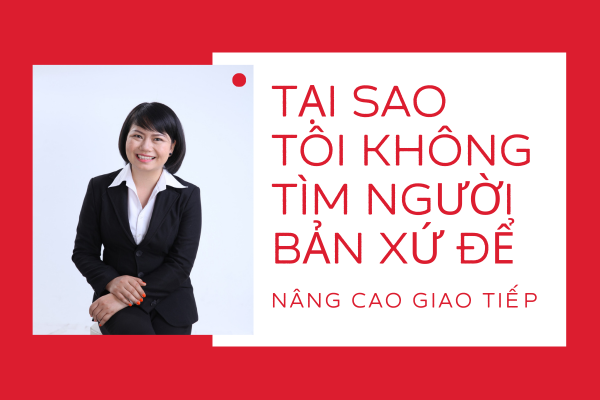
86. HẦU HẾT NGƯỜI HỌC TIẾNG ANH BỎ CUỘC VÌ KHÔNG BIẾT BÍ MẬT NÀY | ĐÀO THỊ HẰNG
Dù tiếng Anh là một ngôn ngữ quốc tế quan trọng, nhưng không ít người đã thất bại trong quá trình học. Đã bao giờ bạn tự hỏi, tại sao có những người dễ dàng chinh phục ngôn ngữ này trong khi người khá... ...more
Đào Thị Hằng ,HỌC TIẾNG ANH
October 31, 2023•4 min read

83. CHIẾN LƯỢC GIÚP BẠN TẬP TRUNG VÀ ĐẠT HIỆU QUẢ CAO TRONG CÔNG VIỆC | ĐÀO THỊ HẰNG
Hằng sẽ chia sẻ với các bạn những phương pháp và kỹ thuật để làm việc hiệu quả mỗi ngày. Bạn đã bao giờ cảm thấy mất phương hướng trong công việc? Hay thậm chí là không biết cách tối ưu hóa thời gian?... ...more
Đào Thị Hằng
October 28, 2023•5 min read
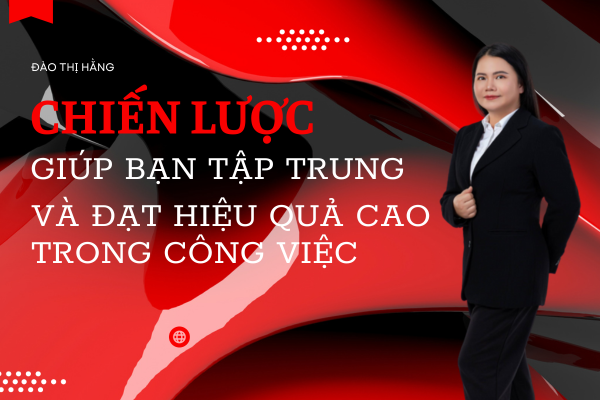
82. LÀM THẾ NÀO ĐỂ DUY TRÌ MỨC NĂNG LƯỢNG CAO MỖI NGÀY | ĐÀO THỊ HẰNG
Duy trì mức năng lượng cao mỗi ngày không chỉ giúp bạn nâng cao hiệu suất công việc, mà còn tạo điều kiện cho cuộc sống cá nhân thêm phần trọn vẹn. Hằng sẽ cung cấp cho bạn các phương pháp khoa học, t... ...more
Đào Thị Hằng
October 27, 2023•5 min read
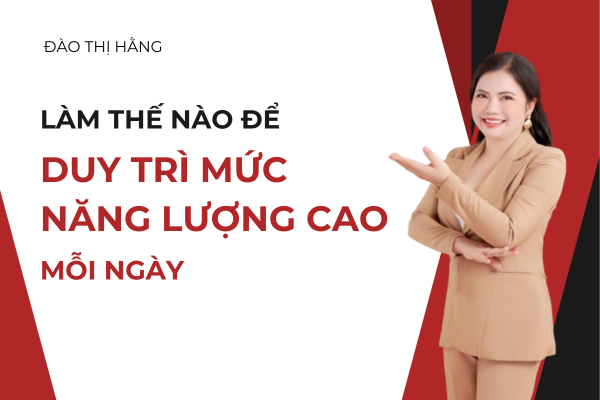
81. PHƯƠNG PHÁP TỰ CHỮA LÀNH TÂM HỒN | ĐÀO THỊ HẰNG
Bạn đang tìm kiếm cách để tự chữa lành tâm hồn và thúc đẩy sức khỏe tinh thần? Hằng sẽ chia sẻ các phương pháp thực tế và hiệu quả để bạn có thể tìm thấy sự yên bình từ bên trong. Theo dõi cùng Hằng đ... ...more
Đào Thị Hằng
October 26, 2023•2 min read
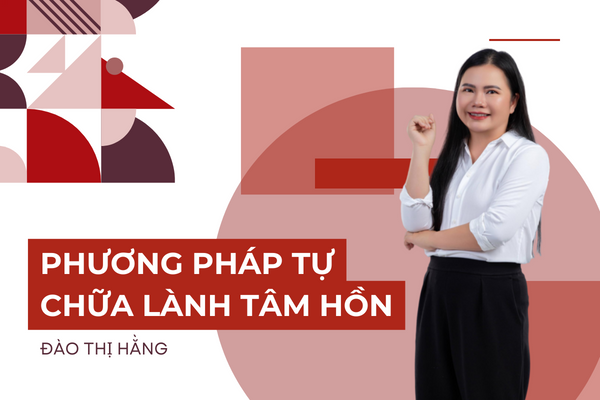
80. LỜI KHUYÊN HỮU ÍCH DÀNH CHO DU HỌC SINH | ĐÀO THỊ HẰNG
Nếu bạn là du học sinh và đang tìm kiếm cách để thích nghi và thành công trong môi trường học tập mới, bài blog này là dành cho bạn. Hằng sẽ đi vào các lời khuyên và chiến lược giúp bạn vượt qua nhữn... ...more
Đào Thị Hằng ,HỌC TIẾNG ANH
October 25, 2023•3 min read
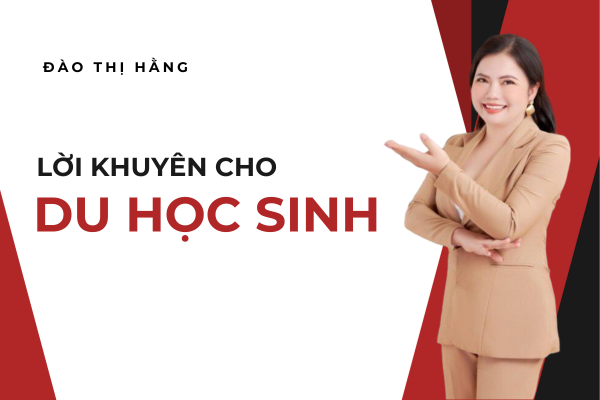
78. GỢI Ý 3 TÊN TIẾNG ANH NGẦU, NAM TÍNH CHO NAM
Ở bài viết này, Hằng sẽ giới thiệu cho các bạn ba cái tên tiếng Anh hay, ngầu, nam tính, nhiều ý nghĩa dành cho nam. Đó là William, Alexander và Benjamin. Tìm hiểu ý nghĩa 3 tên gọi này trong bài viết... ...more
Đào Thị Hằng ,HỌC TIẾNG ANH
October 23, 2023•2 min read

ĐĂNG KÝ NHẬN THƯ TỪ HẰNG
The Brands Constantly Founding

Copyright 2023 Dao Thi Hang™. All rights reserved.
VISIT US
VISIT US
Hama Village, Phu Xuan, Dak Nia, Gia Nghia, Dak Nong.
Email: Hang.Dao@leadertalks.com
Tel: +84 0969 677 990
